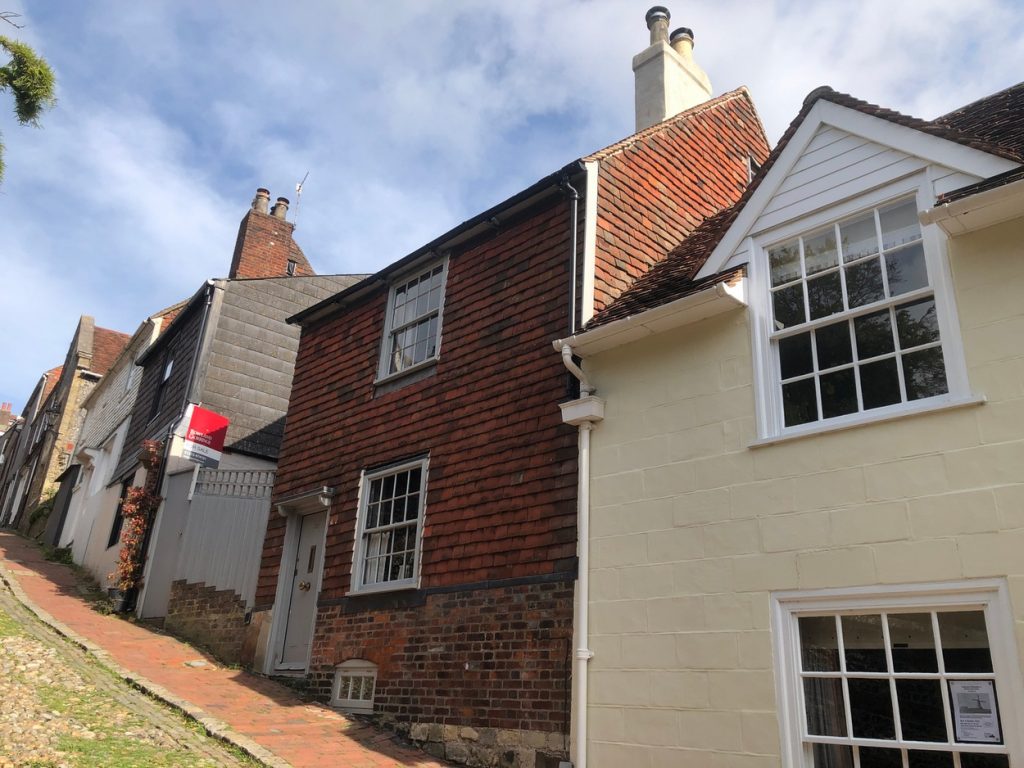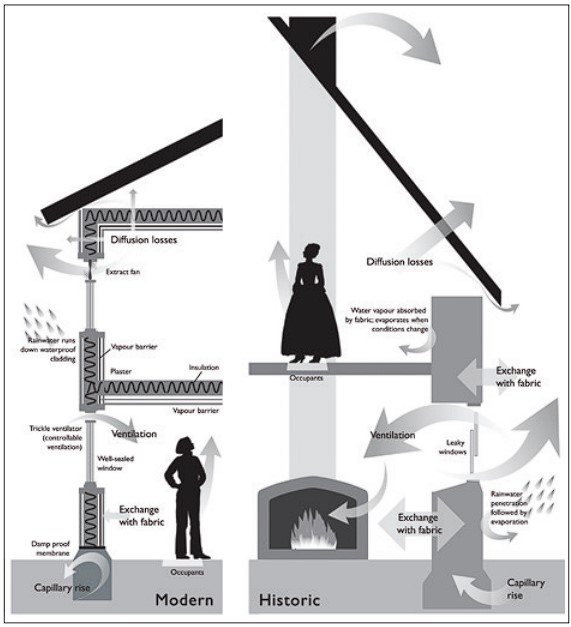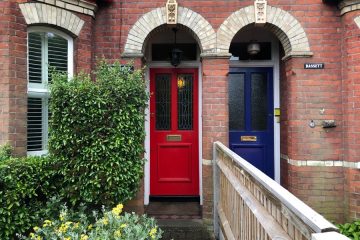The Department for Levelling Up, Housing and Communities (DLUHC) has just published the findings of a wide-ranging review into how to tackle the barriers which block efforts to make historic homes more energy-efficient.

Traditional buildings make up about 25% of the UK’s total building stock. Retrofit is the process of improving the energy and environmental performance of these buildings, through technical interventions. Alternative heating systems, controls, lighting and the use of renewable energy are the most common methods adopted.
Retrofits have the potential to cut emissions from Georgian terraces by 62%, 1900s terraces by 58%, Victorian semi-detached homes by 56% and Victorian terraces by 62%, according to Historic England.
Currently, owners of home built before 1919 face paying on average £428 a year more on energy bills if their home is not energy efficient. The review found planning was a major issue faced by households, with frustration about the time it takes to get planning permission.
The planning system was found to be a major issue faced by households, causing ‘frustration about the time it takes to get planning permission’.
One of the proposed measures to cut red tape, which will now go out to consultation, is the greater use of Listed Building Consent Orders to support home improvements – potentially ditching the need to submit individual listed building consent applications.
The government will also consult on the greater use of local listed building consent orders. These are currently used in limited circumstances by some local authorities and automatically grant permission for specific improvements such as double glazing providing standard designs are followed.
The review also revealed obtaining permission was a postcode lottery with some local authorities generally giving permission for improvements such as PV panels whereas others were much more restrictive.
The government also intends to introduce a National Development Management Policy, which are intended to bring consistency to the planning process, specifically on improvements to historic buildings.
Other measures include providing better quality and easily accessible information to help historic building owners understand what energy efficiency measures need consent and how to improve buildings without damaging their special qualities or fabric.

The review also acknowledges the skills gap in local authority planning departments. There is currently no training available that specifically draws heritage, sustainability, and retrofit skills together for planners. A Historic England local authority staffing survey surprisingly revealed that only 16% felt very confident about decisions on energy efficiency retrofit.
”Retrofitting historic properties could generate £35bn of output a year, reduce carbon emissions for nearly a quarter of all UK homes and a third of commercial buildings and safeguard the future for an important part of the UK’s heritage. Achieving this requires a supportive policy framework that cuts across planning, skills, fiscal support, and consumer advice. As such, we welcome the Government’s report and commitment to further reforms, particularly to further reforming the planning system which can be a significant barrier.”
Grosvenor Group Ltd
Signature Surveyors , 10 January 2024
